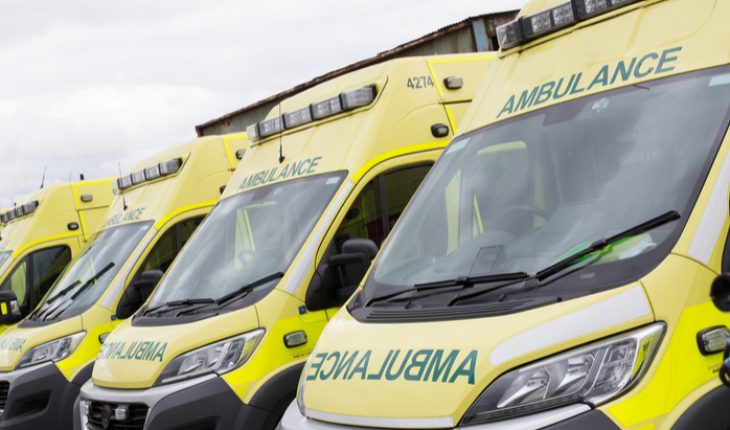The perennial outrage over emergency winter pressure in NHS hospitals is now subsiding. As usual, we have seen the blame game and finger-wagging headlines about the failure to prepare. Emergency cash injections ensue, which of course is just fire-fighting money, while recommendations and solutions seem to be ignored. A year later we do it all again. Why?
We know what creates our winter pressures – it’s no mystery. Each year, there is a huge increase in patients needing to be admitted to hospital, and a struggle to find available beds. Wards soon become unable to accept more people and new patients end up in corridors, facing unacceptable waiting times in A&E, or in ambulances.
We know what creates our winter pressures – it’s no mystery. Each year, there is a huge increase in patients needing to be admitted to hospital, and a struggle to find available beds. Wards soon become unable to accept more people and new patients end up in corridors, facing unacceptable waiting times in A&E, or in ambulances.
When we analysed this huge seasonal rise in admissions over a number of years, we discovered that the only spike of note each year was among respiratory patients. In fact, there are almost 80% more respiratory admissions in the winter months than in the warmer spring months. If you look deeper into the 20 most common conditions first recorded in A&E, you find that lung disease is almost entirely unique in this incredibly large seasonal variation.
The winter brings on a flare-up of symptoms, caused in part by the colder, damper weather plus influenza and other viral outbreaks. People living with lung disease refer to flare ups as a sudden gasping for breath and tightening of the chest that feels like suffocation. If you felt like you were suffocating and gasping for breath would you not go to A&E? Particularly if you were clear that there was no other suitable care in the community.
These rising lung admissions are amplified by existing issues such as inadequate staffing levels and delayed transfers of care, which refers to the number of beds which remain occupied by patients fit to be discharge but cannot leave.
This problem is not going away. Over the last seven years lung disease admissions to hospital have actually risen at over three times the rate of all other conditions.
Our report Out in the cold: lung disease, the hidden driver of NHS winter pressure makes a series of recommendations to tackle this obvious, seasonal and combatable problem at the heart of our winter crisis.
Firstly, we need to improve our prevention strategy to reduce general respiratory infections and help people with existing lung conditions better manage it themselves. This includes: ensuring people get the flu jab, and complete pulmonary rehabilitation; a highly effective course of exercise and education tailored for people with lung conditions.
We must also strengthen community care and support outside of hospital, so patients are confident they do not need to go to emergency departments to get the care they need. Crucially, we need to acknowledge the growing number of respiratory admissions in winter that are unavoidable by allocating additional beds to these patients.
Without a national plan to tackle lung disease that is backed by the Government, sadly, we will find ourselves in this situation in future years. It could be a member of our own family next, sitting in an ambulance queue outside a hospital waiting for hours to be seen.
It’s important to add that the Government should be backing this plan, not just because of the unnecessary suffering that those who turn up to A&E or with cancelled operations have faced, but because lung disease patients are so neglected that there has been no change in the mortality rate for lung disease in a decade.
None of these recommendations are rocket science. It’s time we worked together to ensure the chaos we have seen in our hospitals this year isn’t repeated in January 2019.
- Lung disease piling on the pressure in A&E - 31st January 2018
- Why we support more tax on diesel - 23rd November 2017
- The cost of lung disease - 16th March 2017






